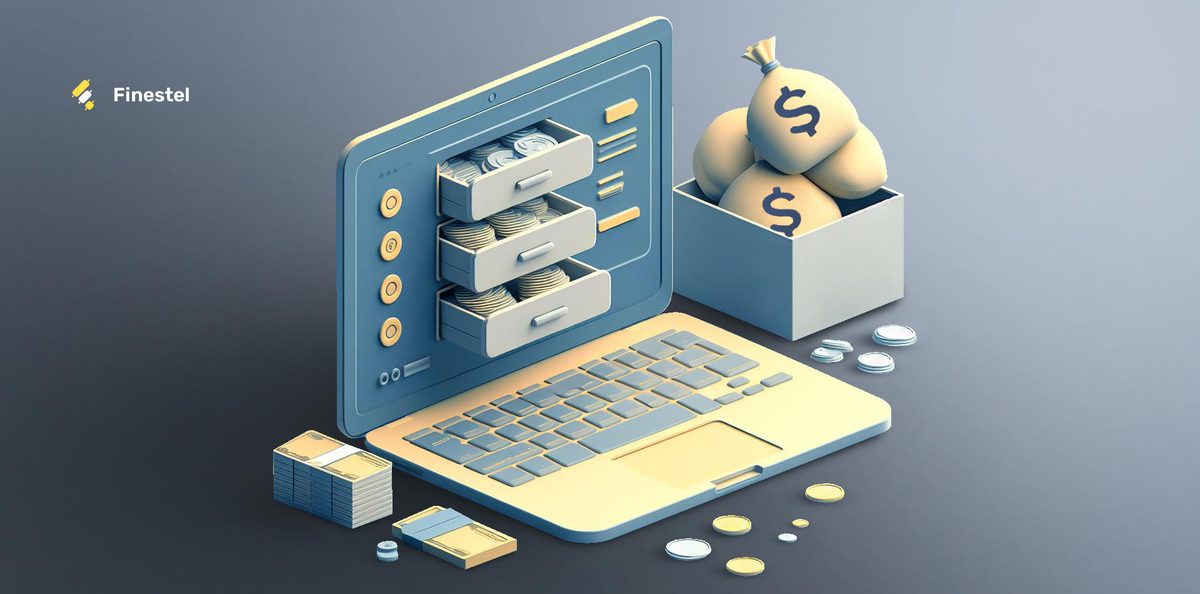One useful approach is to research the types of platforms used for trading, such as a DEX trading platform, which offers a more direct way to trade assets and can sometimes have fewer extra costs. Keeping an eye on where and how trades are made helps traders keep more of what they earn.
Choose exchanges with transparent fee structures like Coinbase Pro or Binance
Picking a platform with a clear fee chart can help users avoid surprise charges. Some platforms show trading, deposit, and withdrawal costs up front, making it easier to know what to expect.
Platforms with open pricing let traders spot any extra costs before making a trade. They often post their fees on their websites, keeping things simple to follow.
Flat or low fees make it easier for people to plan their trades and stick to a budget. This clarity helps users compare platforms and pick the one that best fits their needs.
Use limit orders instead of market orders to reduce taker fees
Many crypto exchanges charge different fees based on the order type a trader uses. With a market order, a trade happens right away, matching the price available in the market. This action makes the trader a “taker” because they are taking liquidity from the market, and this usually means higher fees.
A limit order lets the trader set a price at which they want to buy or sell. The order only goes through if the market price reaches this target. This usually makes the trader a “maker” because they are adding liquidity to the exchange order book, often leading to lower fees compared to market orders.
Using limit orders may save money because maker fees are often cheaper. This does not guarantee that every limit order will be filled quickly. Still, many traders are willing to wait for a better price and pay less in fees. This method can help keep trading costs down over time.
Must Read: https://tododisca.com/
Consolidate multiple transactions to minimize input-output complexity
Using multiple small transactions can quickly add up to higher fees during crypto trades. Every added transaction input creates more complexity, which often leads to bigger transaction sizes and larger fees.
One smart way to manage this is by consolidating smaller unspent outputs into a single transaction. By doing this during periods when blockchain fees are low, traders can avoid paying more later when wanting to send a larger amount.
This approach helps make account balances neater and spending easier, as having fewer but larger outputs is simpler to handle. It can also make a wallet more efficient, since fewer transaction pieces need to be put together each time funds are sent.
Consolidating transactions before making large trades helps to keep costs predictable and controls the risk of getting caught by sudden fee spikes. It is a straightforward habit that can save both money and time for anyone trading crypto.
Avoid using credit cards for deposits to prevent high processing fees
Many people use credit cards for quick funding on crypto exchanges, but this choice often leads to extra charges. Credit card deposits may include high processing fees that are added to each transaction.
By using a bank transfer or debit card, users can usually deposit funds with fewer added costs. Processing fees on credit card payments can be higher than other deposit methods.
Some exchanges charge extra because credit cards may bring a higher risk of fraud or chargebacks. That cost is often passed directly to the user. Paying attention to deposit options can help traders keep more of their money when moving into the crypto market.
Checking the fee structure before choosing a funding method helps avoid these high processing charges. Taking a few minutes to compare can lead to better savings with every trade.
Utilize fee-free or cashback reward exchanges such as Voyager
One way traders can avoid hidden costs is by using platforms that offer fee-free trades or cashback rewards. These types of exchanges are designed to make trading more transparent and easy to understand. They do not charge extra transaction fees that can add up without notice.
Some platforms allow users to earn rewards for holding or trading certain cryptocurrencies. For example, users can receive cashback or extra tokens for participating in specific programs. This can help offset regular trading costs over time.
Instead of worrying about small fees each time a trade is made, users can focus on their investment strategies. Fee-free and cashback-focused options make it easier for people to see exactly what they are paying and what they are getting in return.
By choosing these exchanges, traders can manage their costs better without dealing with unexpected charges. This makes trading less stressful and more straightforward for both beginners and those who trade often.
Conclusion
Hidden fees in crypto trading often catch new and experienced users off guard. Knowing when fees are highest and choosing the right time to trade can help keep costs low.
Using blockchains that have lower fees and paying close attention to transaction details leads to smarter decisions.
It is important to regularly review transaction records and stay updated on changes in fee structures. By following simple strategies, people can trade with fewer surprises and keep more of their money.



































